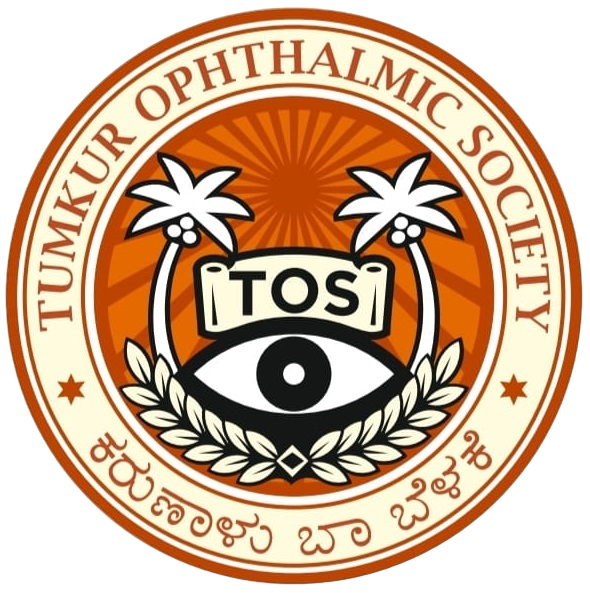Eye Melanoma
Eye Melanoma
Eye melanoma most commonly develops in the cells of the middle layer of the eye (uvea). The uvea has three parts and each can be affected by eye melanoma:
The iris, which is the colored part in the front of the eye
The choroid layer, which is the layer of blood vessels and connective tissue between the sclera and the retina at the back of the uvea
The ciliary body, which is in the front of the uvea and secretes the transparent liquid (aqueous humor) into the eye.
Eye melanoma can also occur on the outermost layer on the front of the eye (conjunctiva), in the socket that surrounds the eyeball and on the eyelid, though these types of eye melanoma are very rare.
Symptoms
Eye melanoma may not cause signs and symptoms. When they do occur, signs and symptoms of eye melanoma can include:
A sensation of flashes or specks of dust in your vision (floaters)
A growing dark spot on the iris
A change in the shape of the dark circle (pupil) at the center of your eye
Poor or blurry vision in one eye
Loss of peripheral vision
Causes
It is still not clear what causes eye melanoma. Doctors know that eye melanoma occurs when errors develop in the DNA of healthy eye cells. The DNA errors tell the cells to grow and multiply out of control, so the mutated cells go on living when they would normally die. The mutated cells accumulate in the eye and form an eye melanoma.
Risk factors
Risk factors for primary melanoma of the eye include:
Light eye color: People with blue eyes or green eyes have a greater risk of melanoma of the eye.
Age:The risk of eye melanoma increases with age.
Certain inherited skin disorders: A condition called dysplastic nevus syndrome, which causes abnormal moles, may increase your risk of developing melanoma on your skin and in your eye.
In addition, people with abnormal skin pigmentation involving the eyelids and adjacent tissues and increased pigmentation on their uvea — known as ocular melanocytosis — also have an increased risk of developing eye melanoma.
Exposure to ultraviolet (UV) light: The role of ultraviolet exposure in eye melanoma is unclear. There’s some evidence that exposure to UV light, such as light from the sun or from tanning beds, may increase the risk of eye melanoma.
Certain genetic mutations: Certain genes passed from parents to children may increase the risk of eye melanoma.
Complications
Complications of eye melanoma may include:
Increasing pressure within the eye (glaucoma). A growing eye melanoma may cause glaucoma. Signs and symptoms of glaucoma may include eye pain and redness, as well as blurry vision.
Vision loss. Large eye melanomas often cause vision loss in the affected eye and can cause complications, such as retinal detachment, that also cause vision loss.
Small eye melanomas can cause some vision loss if they occur in critical parts of the eye. You may have difficulty seeing in the center of your vision or on the side. Very advanced eye melanomas can cause complete vision loss.
Eye melanoma that spreads beyond the eye. Eye melanoma can spread outside of the eye and to distant areas of the body, including the liver, lungs and bones.
Treatment
Eye melanoma treatment options will depend on the location and size of the eye melanoma, as well as the overall health and patient preference.
Waiting to treat small eye melanomas : A small eye melanoma may not require immediate treatment. If the melanoma is small and isn’t growing, the doctor may choose to wait and watch for signs of growth.
Radiation therapy
Radiation therapy uses high-powered energy, such as protons or gamma rays, to kill cancer cells. Radiation therapy is typically used for small to medium-sized eye melanomas.
Laser treatment
Treatment that uses a laser to kill the melanoma cells may be an option in certain situations. One type of laser treatment, called thermotherapy, uses an infrared laser and is sometimes used in combination with radiation therapy.
Photodynamic therapy
Photodynamic therapy combines medications with a special wavelength of light. The medicine makes the cancer cells vulnerable to light. The treatment damages the vessels and the cells that make up the eye melanoma. Photodynamic therapy is used in smaller tumors, as it isn’t effective for larger cancers.
Surgery
Operations used to treat eye melanoma include procedures to remove part of the eye or a procedure to remove the entire eye.
Surgery to remove the melanoma and a small area of healthy tissue. Surgery to remove the melanoma and a band of healthy tissue that surrounds it may be an option for treating small melanomas.
Surgery to remove the entire eye (enucleation). Enucleation is often used for large eye tumors. It may also be used if the tumor is causing eye pain.
After the eye with melanoma is removed, an implant is inserted into the same position, and the muscles controlling movement of the eye are attached to the implant, which allows the implant to move.
After the healing, an artificial eye (prosthesis) is made. The front surface of new eye is custom painted to match the existing eye.
